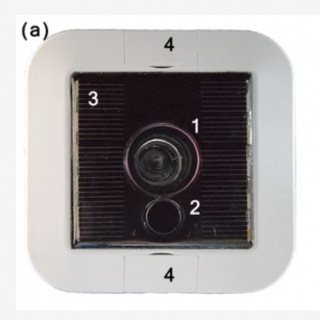Solving the Paradox of the Solar Sodium D<SUB>1</SUB> Line Polarization
Twenty-five years ago, enigmatic linear polarization signals were discovered in the core of the sodium D 1 line. The only explanation that could be found implied that the solar chromosphere is practically unmagnetized, in contradiction with other evidences. This opened a paradox that has challenged physicists for many years. Here we present its
Alsina Ballester, Ernest et al.
Fecha de publicación:
8
2021
